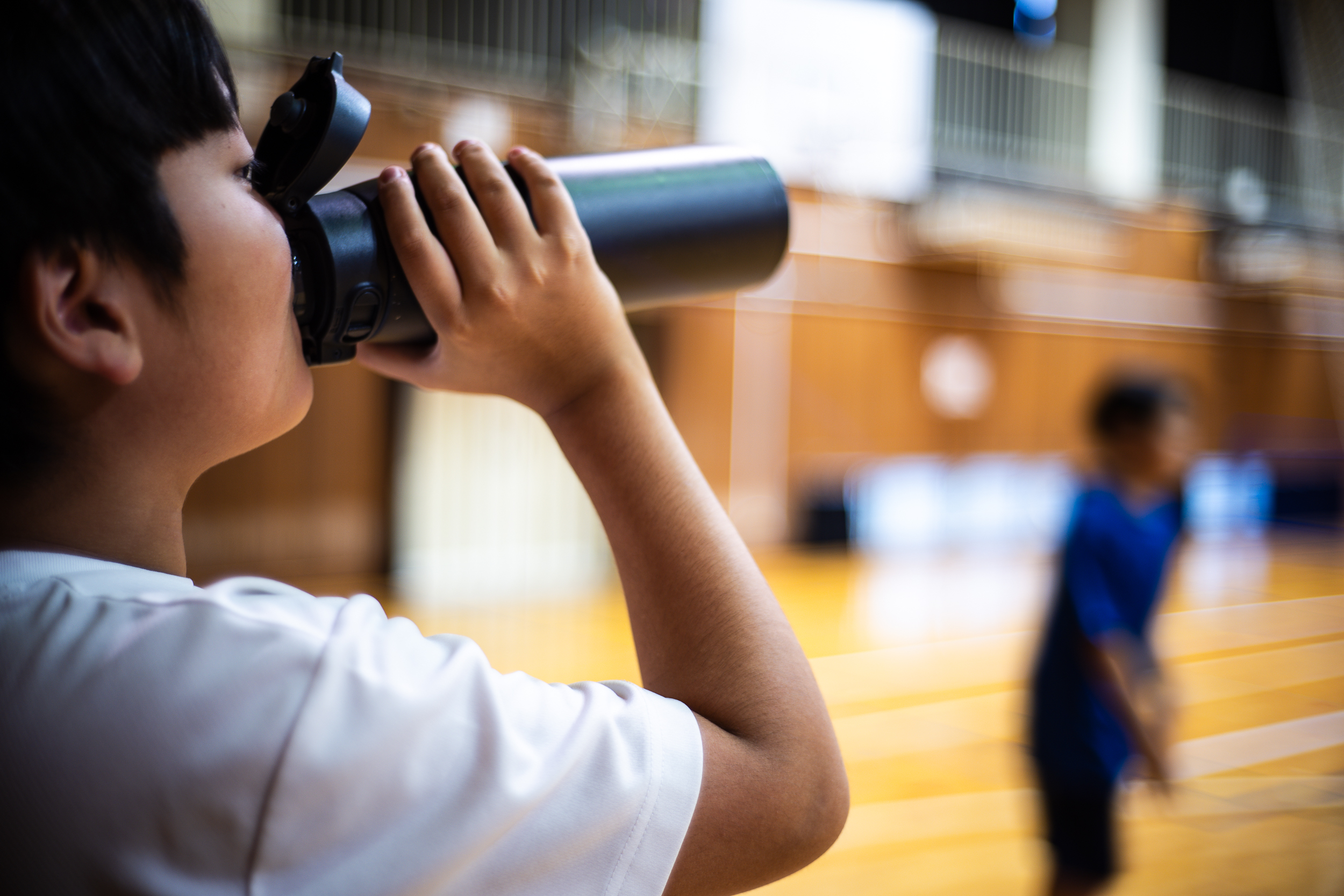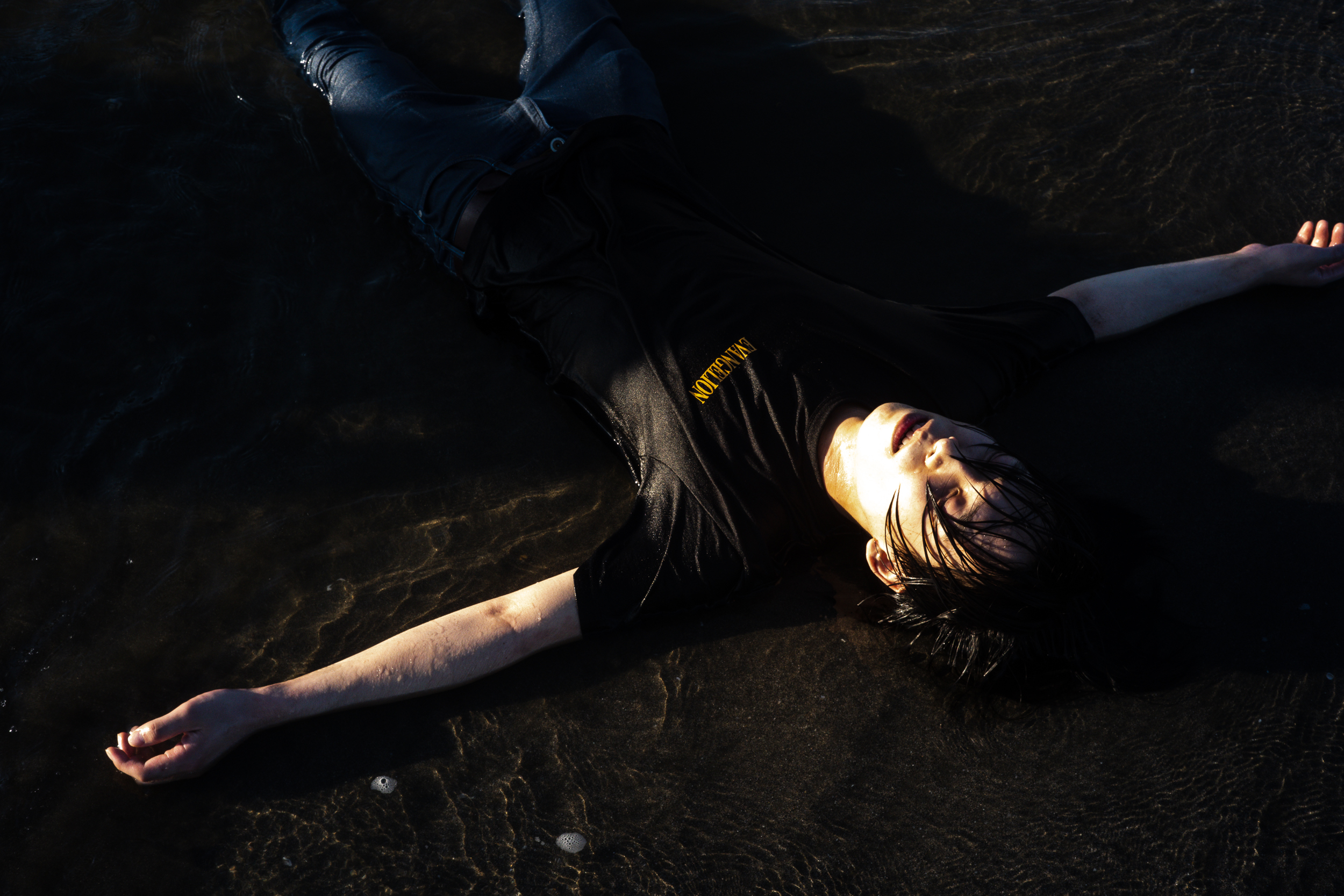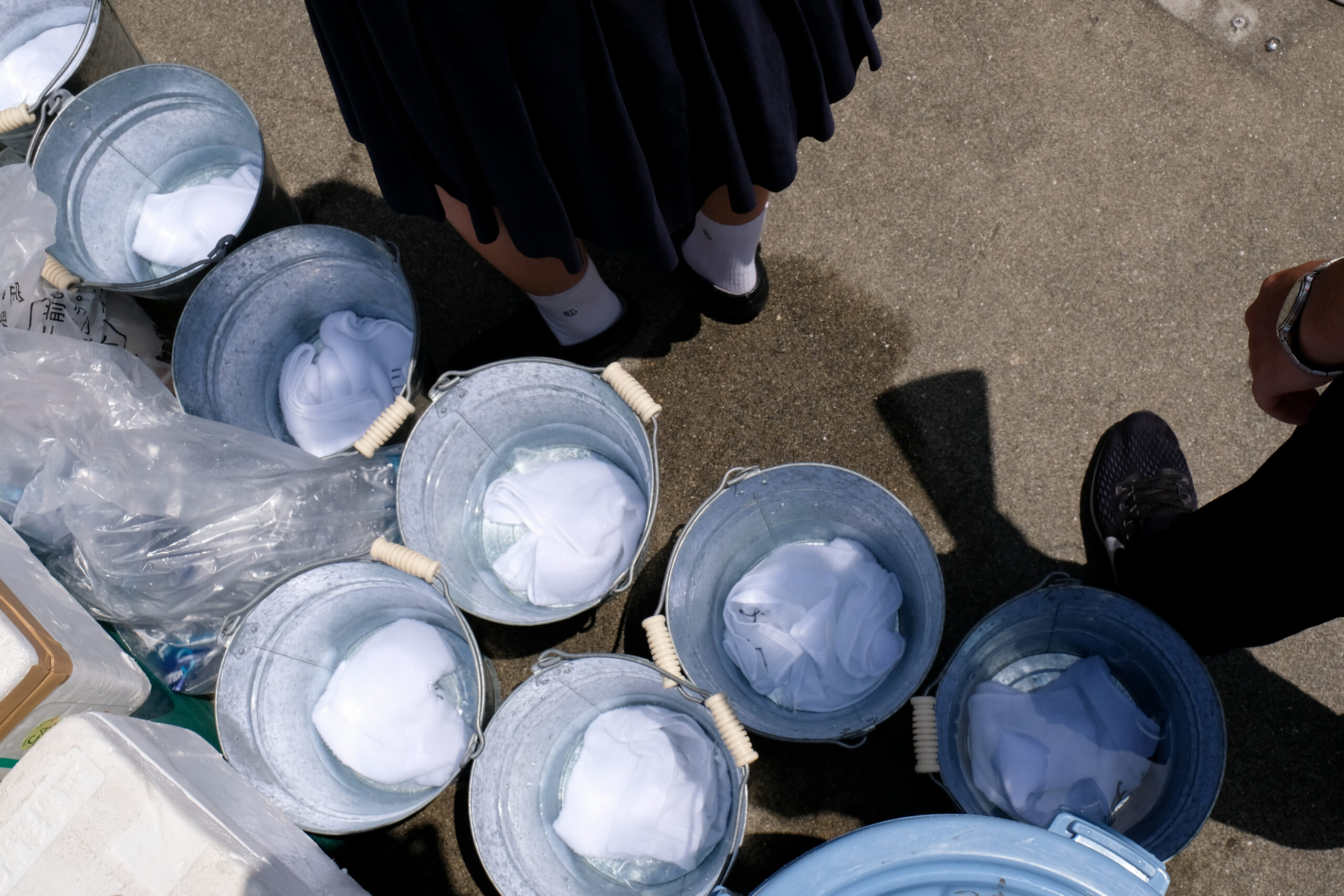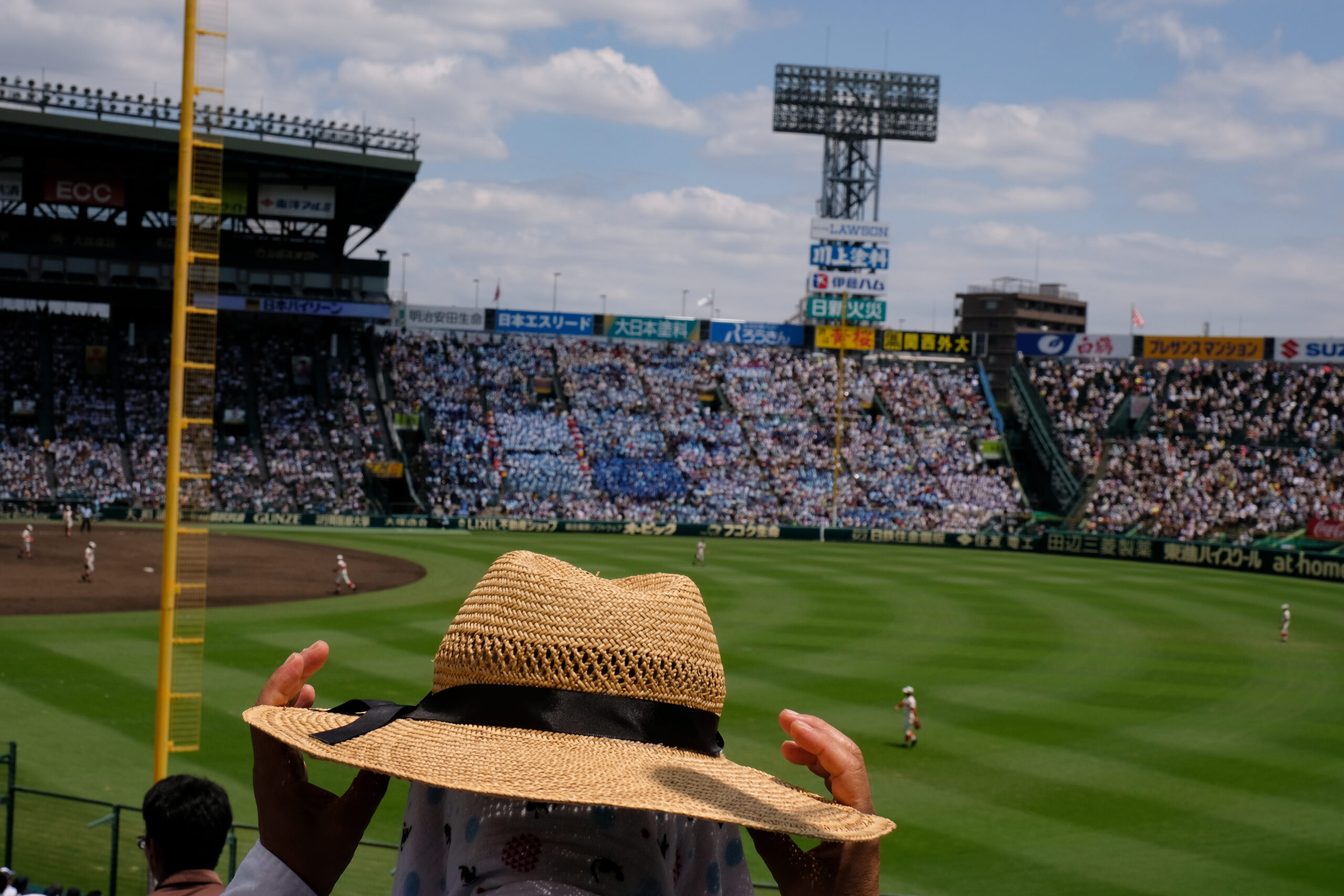Boiling Point
Japan's extreme heat is causing a rethink of school sports
Nearly half a century ago when Atsushi Aoki was around the age of his students, the mercury rarely climbed above 35 degrees Celsius, a benchmark the Japan Meteorological Agency uses to describe “extremely hot” weather.
“But those levels are now common during summer,” says the 60-year-old principal of Mitaka Municipal No. 7 Junior High School, located in the leafy outskirts of Mitaka, a suburb in western Tokyo.
It’s around 3:30 p.m. on a Friday in mid-July and the hallways of the gray, weathered school building are buzzing with students getting ready for after-school activities.
“Temperatures are very different compared with what they were during my childhood,” Aoki says as he reflects on the searing heat of recent weeks.
In Fuchu, also in western Tokyo, the mercury rose to an all-time high for the area of 39.2 C on July 8, and the temperature has peaked in the mid-30s in the capital for much of the month, a situation made more intense and more likely by climate change.
“That means adequate care is necessary for students engaged in sports,” he says.
With the Paris Olympics having kicked off Friday, extreme heat and its dangerous impact on both athletes and spectators has drawn greater attention, with much talk in Japan on how to prevent heatstroke among students — some of whom, after all, may be the nation's future Olympians.
Aoki’s school, with 291 students, is among the growing number of educational institutions adopting new measures to avert heat-related illness as this summer shapes up to be one of the hottest on record.
Already, over 24,300 people nationwide who fell ill with heatstroke have been transported to hospitals between July 1 and July 21, according to the Fire and Disaster Management Agency.
Meanwhile, there are approximately 5,000 instances of heatstroke reported each year in elementary, junior high and high schools, according to the education ministry, with school club activities accounting for a majority of these cases.

Assessing individual risks accurately, however, is challenging for schools, as susceptibility to heat illness varies depending on each student’s heat tolerance and health conditions.
Last summer, four junior high schools in Mitaka teamed up with electronics giant Sharp and Tokyo-based startup Biodata Bank to experiment with technology aimed at reducing risks and detecting signs of heatstroke as part of an effort to raise awareness about the dangers of the condition.
“As a result, we learned that around 80% of middle school students engaged in sport who took part in the demonstration were in a state approaching heatstroke,” Aoki says.
Most gymnasiums and indoor club activities among participating schools are air-conditioned, he adds, naturally making those engaged in outdoor sports more susceptible to heat stress.
Tennis clubs, in particular, were identified as high risk, given how the sport involves relatively prolonged physical activity.
“I believe the experiment helped students become conscious about managing their bodies,” Aoki says.
Beaten by the heat
Last month, a report titled “Rings of Fire II: Heat Risks at the 2024 Paris Olympics” was released by the British Association for Sustainable Sport in partnership with Front Runners and Climate Central.
In it, Marcus Daniell, who won a bronze medal for New Zealand in men’s doubles tennis at the delayed Tokyo Olympics, said he “felt like the heat was bordering on true risk — the type of risk that could potentially be fatal.”
He described having to “play in conditions where an egg can literally be fried on the court. This is not how sport should be played.”
A group of researchers involved in the report shared an analysis showing that the average temperature in Paris during July and August has risen by 3.1 C since 1924, the year of the last Olympics in France. Meanwhile the U.N. predicts that 2024 is on track to be the hottest year ever, and Europe is the fastest-warming continent on the planet.
Olympics organizers are well aware of the potential dangers of climate change and extreme heat. Last month, Athlete 365, an International Olympics Committee initiative, released “Beat the Heat,” a report outlining recommendations to optimize performance and reduce the risk of heat illness.
The Japan Sport Association also promotes what it calls the “five principles for preventing heatstroke” and offers other educational material for both adults and children on its website.
“There are three main points to keep in mind when athletes protect their bodies from heat,” says Mikinobu Yasumatsu, an expert on exercise physiology and a professor at Rikkyo University in Tokyo.
"One is to get used to heat by acclimatization,” he says, referring to how the body adapts to heat by training in heat. Experts recommend that athletes train in a similar environment to that of their competition for 60 to 90 minutes per day for two weeks prior to the event.
“Next is hydration to replenish fluids and then body cooling,” Yasumatsu says.
To better assess the heat-illness risk, the wet-bulb globe temperature (WBGT) index — which factors in temperature, humidity and solar radiation — is used. Aoki’s junior high school, for example, has introduced WBGT-measuring devices and cancels sport activities when the index exceeds 31 C.
Yasumatsu says heat illness manifests in several stages, and warns it's crucial to recognize the symptoms before it’s too late.
The first symptoms could be a light dizziness, followed by heat cramps caused by dehydration or electrolyte imbalance, he says. If not addressed, it can advance to heat exhaustion characterized by fever, profuse sweating, headache or nausea.

In severe cases this can lead to heatstroke, a life-threatening condition in which the body's internal temperature climbs above 40 C, leading to loss of temperature regulation. It requires immediate medical attention, as it can result in seizures, loss of consciousness and severe damage to organs.
“The problem is that many athletes ignore the earlier symptoms and, even when the condition progresses, feel pressured to keep practicing for the team or an upcoming competition,” Yasumatsu says.
“But once they suffer heat stroke, it can take weeks and months to recover, leading to an even bigger loss for the team,” he says. “So it’s important for both athletes and coaches to have the courage to call off practice and rest before things reach a critical point.”
Seeking respite
Many student sport competitions in Japan take place during the summer when schools are off on holiday. The recent surge in heat waves, however, is forcing organizers to shorten match times and set hydration breaks, among other new measures to counter scorching temperatures.
The Japan High School Baseball Federation will introduce a two-part system where games are divided into morning and evening sessions for the first three days for this year's national high school baseball tournament, Koshien, which starts Aug. 7.
Meanwhile, organizers of the Inter High School Sports Festival, hosted in July and August this year on Kyushu, decided that its boys soccer tournament will be held in Fukushima Prefecture and the girls competition in Hokkaido from this time onward, following concerns raised by the Japan Football Association.
Moving events to cooler locales, however, may not be a permanent solution, as even northern prefectures have been experiencing unprecedented heat. Last year, the sports festival was hosted in Hokkaido, known for its temperate climate. Even still, the prefectural capital of Sapporo saw a record high of 36.3 C on Aug. 23.
A spokeswoman for the organizer, the All Japan High School Athletic Federation, says 102 athletes and spectators complained of symptoms of heatstroke during the event, compared with 119 cases the previous year when the competition was hosted on Shikoku.
And last month, organizers for the Nippon Junior High School Tournament held annually in August announced that beginning fiscal 2027, nine sports will be canceled from the event, with a further 11 sports reduced in scale.
With average temperatures rising, there has been persistent debate on moving sports tournaments to more tolerable climates or months, especially in the context of massive events such as the Summer Olympics.
“Places where large-scale sports events have been held may become unsuitable for sports altogether,” says Isao Uebayashi, associate professor at Otemon Gakuin University in Osaka and an expert on sports science.

“Alternatively, there could be consideration of moving events to locations more conducive to sports amid climate change.”
During the Tokyo Games, the marathon and race walking events were held in Sapporo following concerns raised by the IOC over the capital’s heat. Alas, despite the change of site, the event was met with record-breaking temperatures.
“Simply moving events up north is no longer a solution,” Uebayashi says. “I specialize in architectural facilities, so the idea that everything, including track and field, should be completely indoors has been around for a long time.
“However, it's not feasible to do everything indoors.”
Crucial measures
Students in T-shirts and shorts warm up for practice in the air-conditioned gym at the junior high school in Mitaka. It happens to be raining on this muggy day, and all outdoor activities have been canceled. Instead, the badminton and basketball clubs have gathered for after-school practice inside.
In a small room adjacent to the gym is a refrigerator stocked with piles of Sharp’s Tekion packs, which can be used to cool things down or warm them up depending on usage. These are maintained at 10 C.
“If you hold these for 10 to 20 minutes before exercising, it prevents heatstroke by inhibiting the rise in core body temperature,” says Ryusuke Otosaka, a teacher at the school in charge of health and physical education.
“While we use the device for outdoor club activities, during summer we also have students playing basketball use them since the sport involves a lot of movement,” he says.
Last year, in addition to Sharp’s cooling packs, students also tried on CNRIA, a watch developed by Biodata Bank that monitors heat production and dissipation to estimate core body temperature.
Heat stroke risks escalate when your core temperature reaches between 38 C and 38.5 C. The watch alerts the wearer in advance with an alarm and red LED light if temperatures approach a problematic level, prompting them to immediately rehydrate or seek rest in a cool environment.

So far, the insight gathered from these trials appears useful.
At Aoki’s junior high school, students involved in summer club activities are tasked to fill out daily health check forms that record their temperature, hours of sleep and how well they are eating. In addition, students now rest for about 15 minutes in an air-conditioned room after 30 minutes of exercise.
“The combination of the health check forms, the cooling packs and the rest and exercise routine has been quite helpful,” Aoki says. And with the summer sport season shifting into high gear, these small yet crucial precautionary measures may be what will keep health risks at bay.
“So far,” he says with a hint of relief, “we haven’t seen any students raced to the hospital due to heatstroke.”

